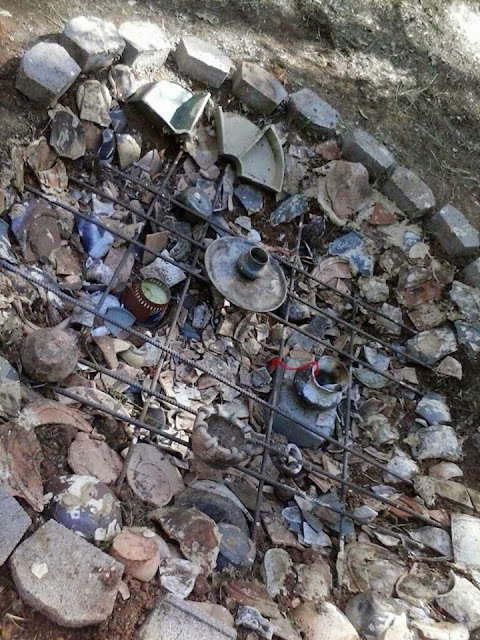Pictorial and Historical-Cultural Narrative
In 2013, I began creating environmental installations that simulate ceremonial purification circles. Objects and images are selected to serve as cultural mirrors, and the sites in which they are situated serve as part of a broader cultural commentary.
What does that mean when reflecting upon my place as the Matriarch of my family? How does this narrative take shape? What is the broader cultural narrative here to be discussed? How do I chronicle the struggles and triumphs of my mother's journey, my journey that I pass on to my daughter, and she to hers?
My sister, Diana L. Bruton, has taken on the role of the family storyteller. She belongs to the African American Genealogical Society of the Central San Joaquin Valley, she is writing the narrative, and I am painting the narrative.
My cultural narrative is a pictorial and historical-cultural narrative chronicling the struggles and triumphs of Mama Crecy's people and Sallie Alpha from 1893 to today. These banners depict their journeys.
Portrait painting is a genre in painting where the intent is to depict the visual appearance of the subject. The term is usually applied to the depiction of human subjects. In addition to painting, portraits can also be made in other media such as etching, lithography, photography, video, and digital media.
The term 'portrait painting' can also describe the actual painted portrait. Portraitists may create their work by commission, for public and private persons, or be inspired by admiration or affection for the subject. Portraits are often vital state and family records, as well as remembrances.
Historically, portrait paintings have primarily memorialized the rich and powerful. Over time, however, it became more common for middle-class patrons to commission portraits of their families and colleagues.
Today, portrait paintings are still commissioned by governments, corporations, groups, clubs, and individuals.


